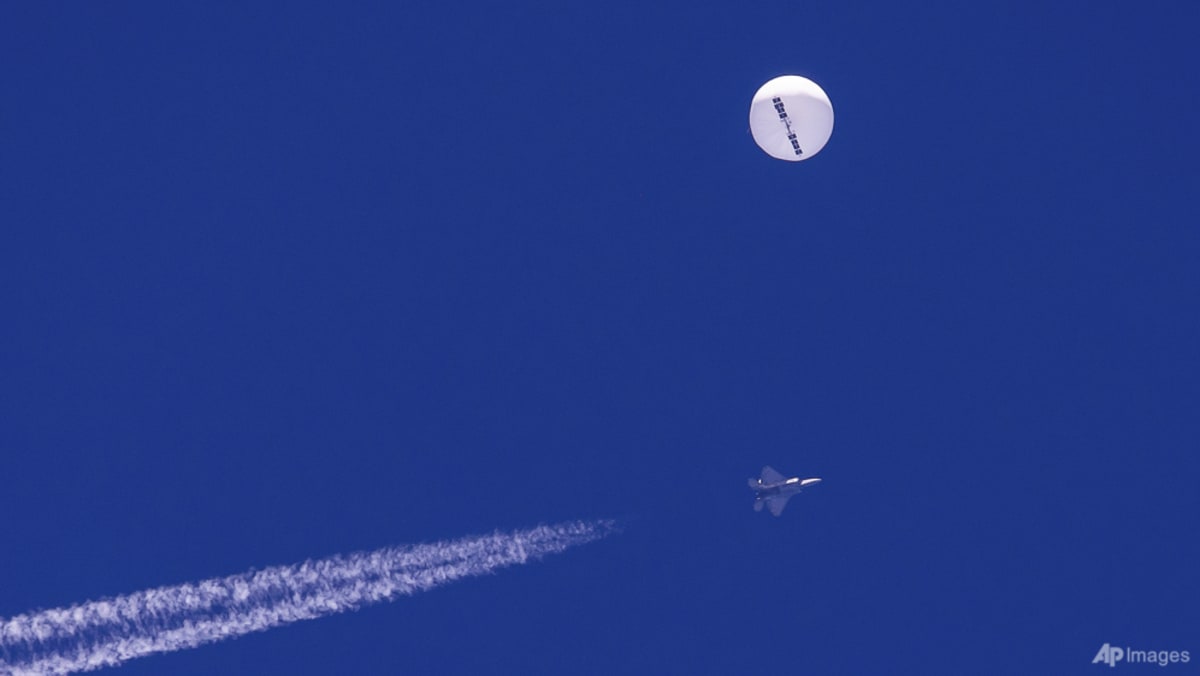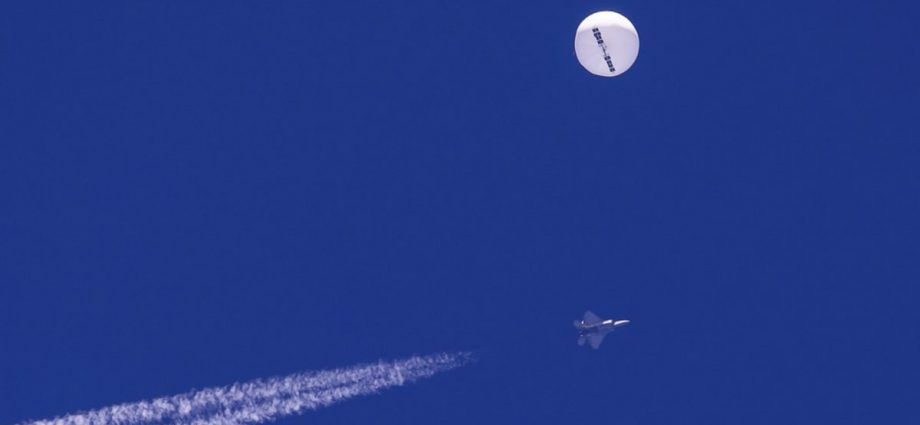
WHAT ARE ALL THOSE BALLOONS DOING UP THERE?
Some are up there for spying or fighting. Humans have hooked bombs to balloons since at least the 1840s, when winds blew some of the balloon-borne bombs launched against Venice back on the Austrian launchers. In the US Civil War, Union and Confederate soldiers floated up over front lines in balloons to assess enemy positions and direct fire.
And when it comes to peacetime uses, the cheapness of balloons makes them a favourite aerial platform for all kinds of uses, serious and idle. That includes everything down to “college fraternities with nothing better to do and US$10,000”, joked Representative Jim Himes of Connecticut, the ranking Democrat on the House Intelligence Committee.
Himes’ role on the committee involved him in a congressionally mandated intelligence and military review of the most credible of sightings of unidentified aerial phenomena, or UFOs. That review also drove home to him and other lawmakers “how much stuff there is floating around, in particular balloons”, Himes said.
For the National Weather Service, balloons are the main means of above-ground forecasting. Forecasters launch balloons twice daily from nearly 900 locations around the world, including nearly 100 in the United States.
High-altitude balloons also help scientists peer out into space from near the edges of the Earth’s atmosphere. NASA runs a national balloon program office, helping coordinate launches from east Texas and other sites for universities, foreign groups and other research programs. School science classes launch balloons, wildlife watchers launch balloons.
Commercial interests also send balloons up – such as Google’s effort to provide Internet service via giant balloons.

